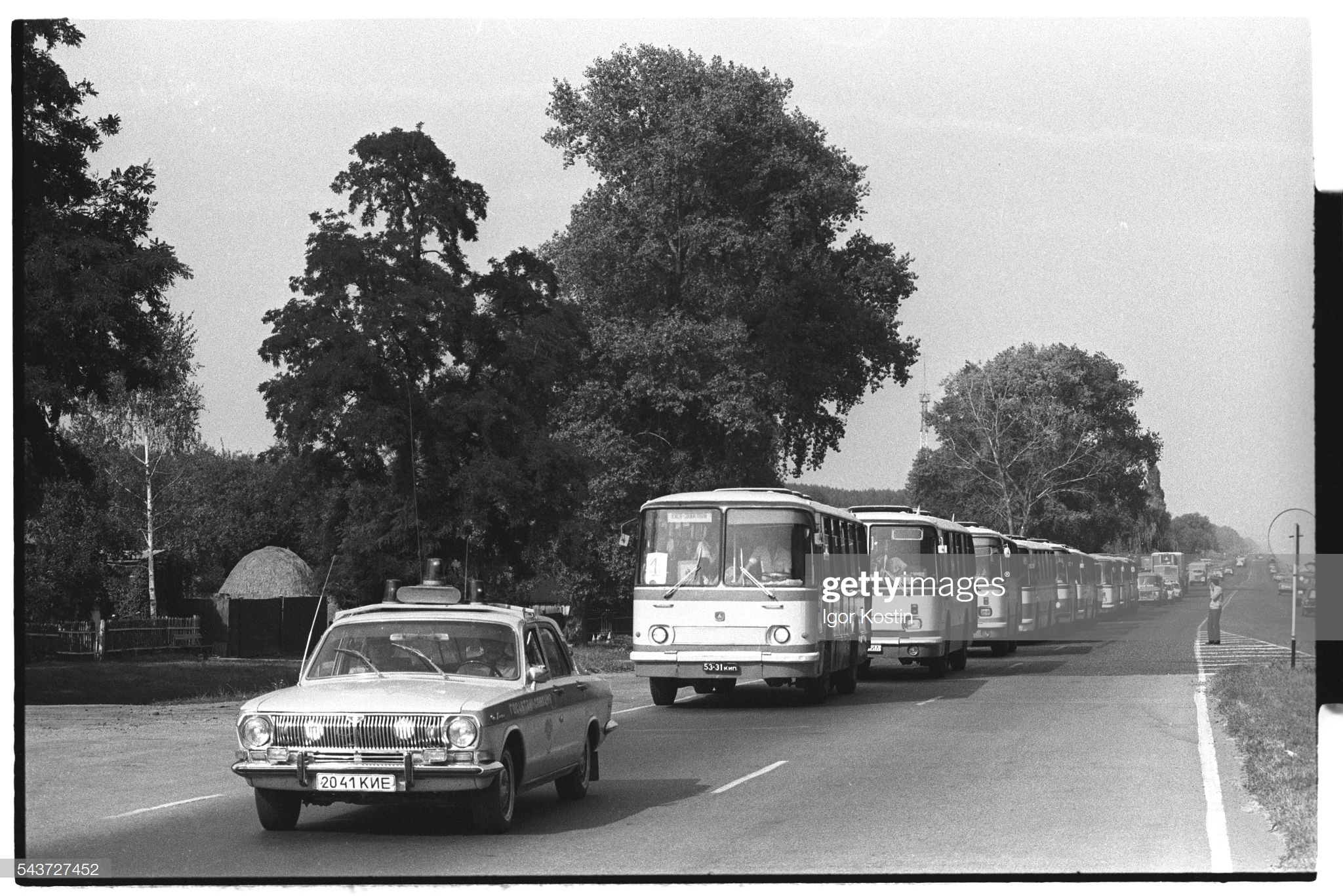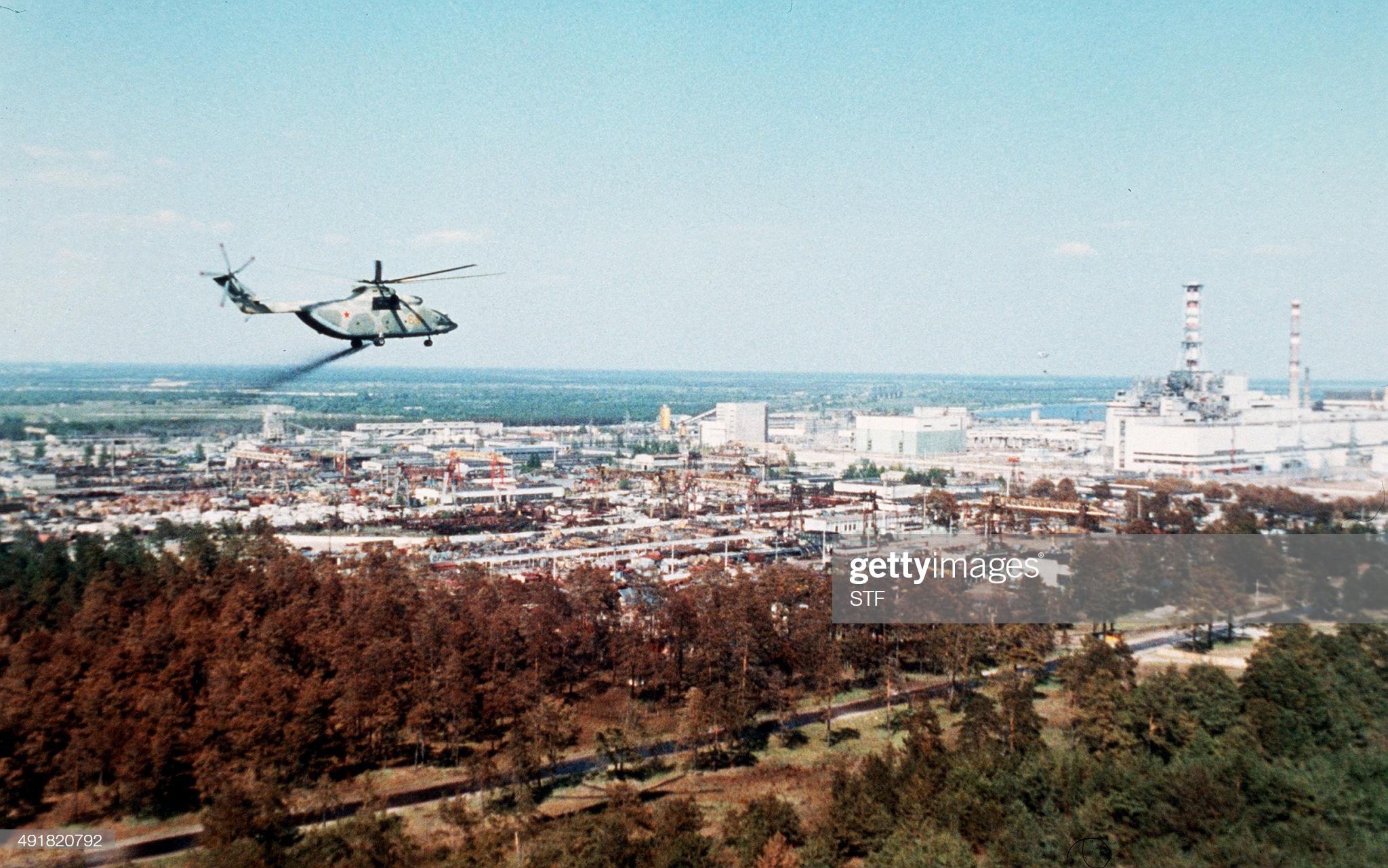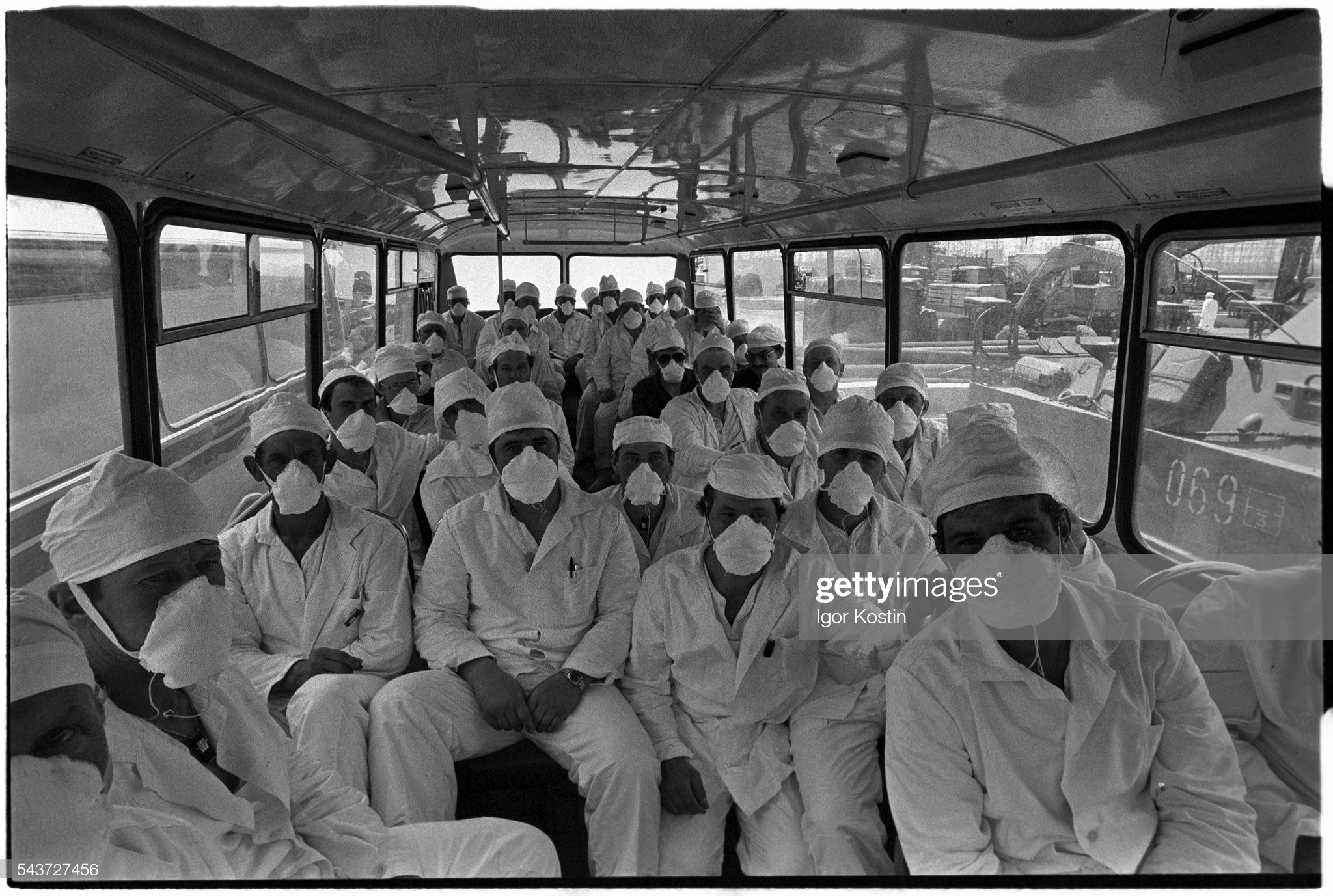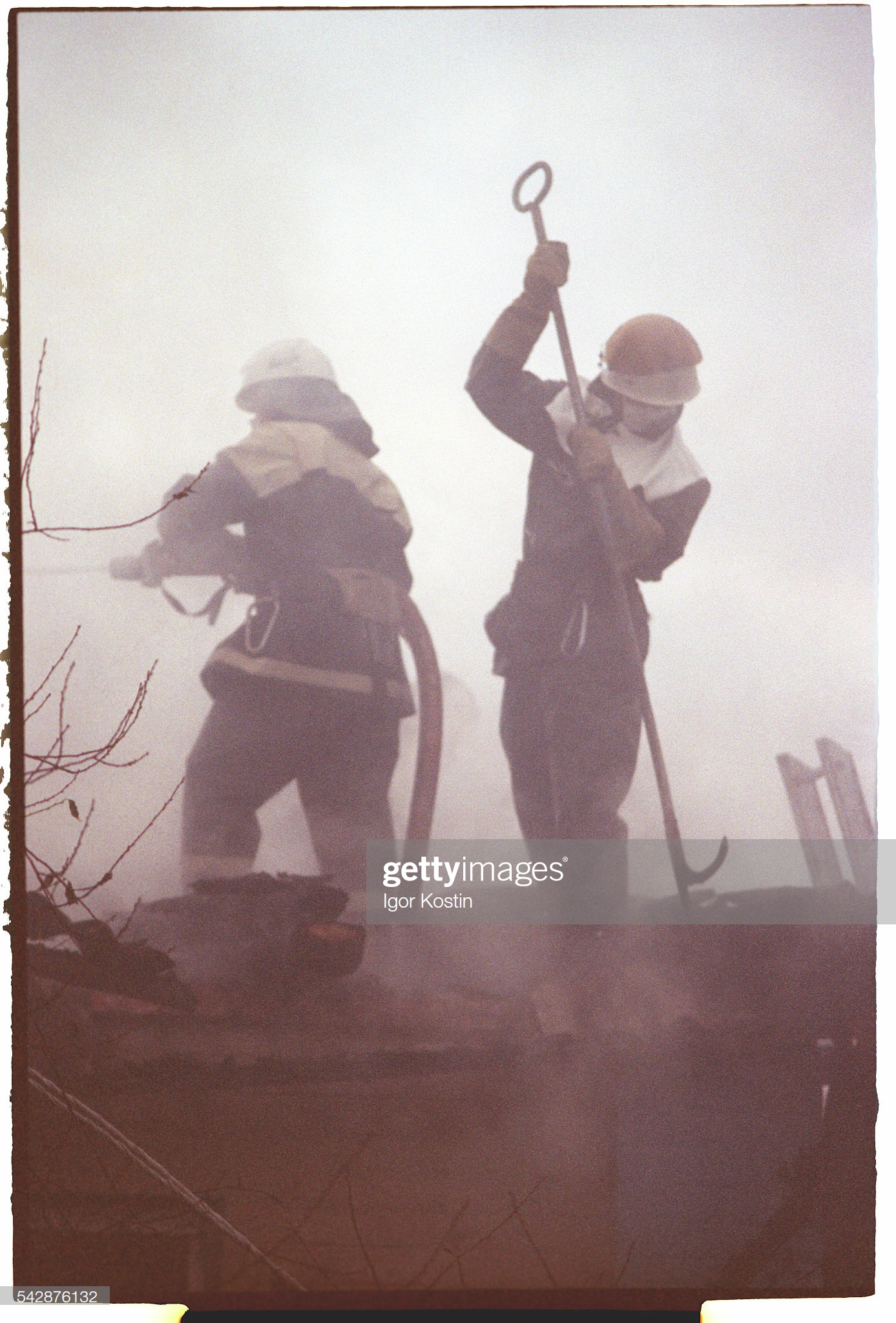



April 26, 1986, at 1:23 a.m. a large fireball, was sent through the concrete/steel roof of the Chernobyl reactor 4. The scientists of reactor 4 were doing a scheduled test. These types of routine tests are highly necessary when working with nuclear reactors. This time they were testing how the RBMK reactor would do on low power. They turned off the power regulating system and the emergency system. Following, they pulled most of the graphite control rods out of the reactor. The Soviet RBMK style reactors were very unstable on low power. The scientists were testing to see if there was a power outage, could the reactor still run its emergency systems. Soon after they decreased the power in the reactor, a power surge occurred sending the reactor into an explosive state. The reactor blew it's concrete/steel roof mixed with radioactive material into the sky. The explosion started a graphite fire. The reactor used graphite rods to slow down the neutrons in the reactor. Nuclear reactors create energy by mixing neutrons and Uranium to make steam. During the test, when decreasing the power, the graphite rods continued to moderate the neutrons. Graphite rods moderate neutrons by bouncing the neutron, slowing the neutron down. The uranium fission sequence needs slowed neutrons. When the scientists reduced the power, the graphite rods stabilized it. So, although they lowered the power overall, the scientists let the uranium keep the same amount of power throughout the test, creating a power surge. When they pulled the control rods to shut down the reactor, there was an enormous amount of steam, creating an explosion.